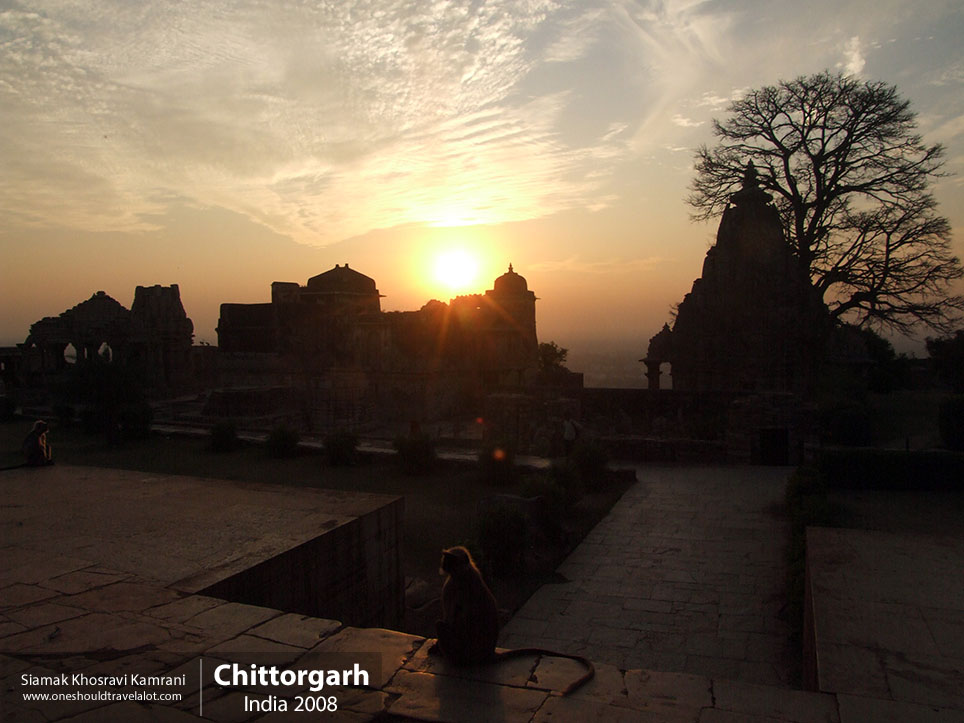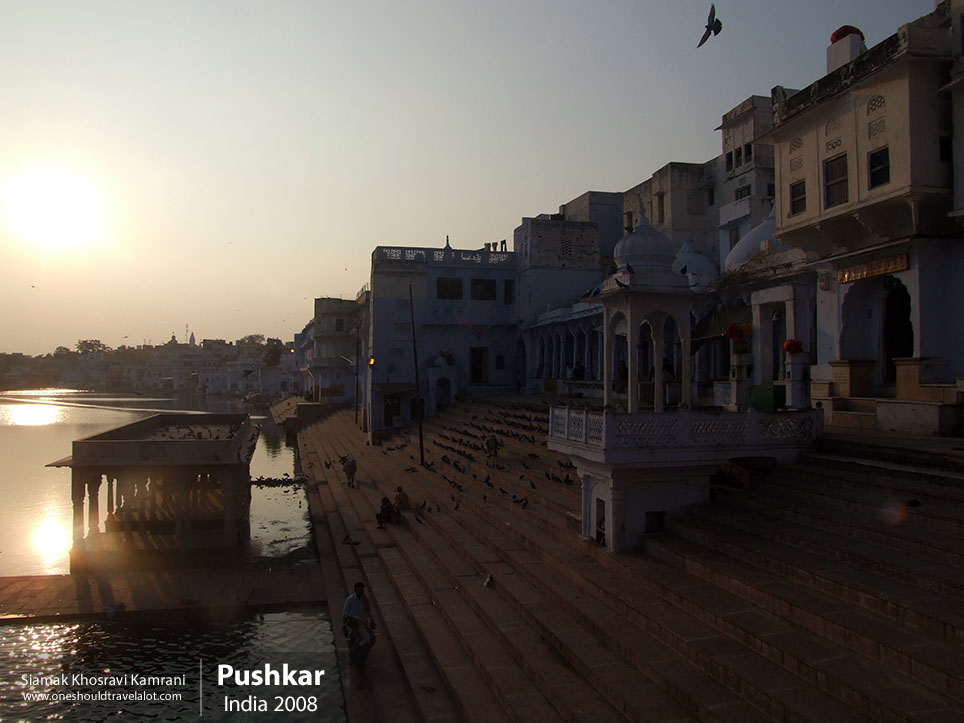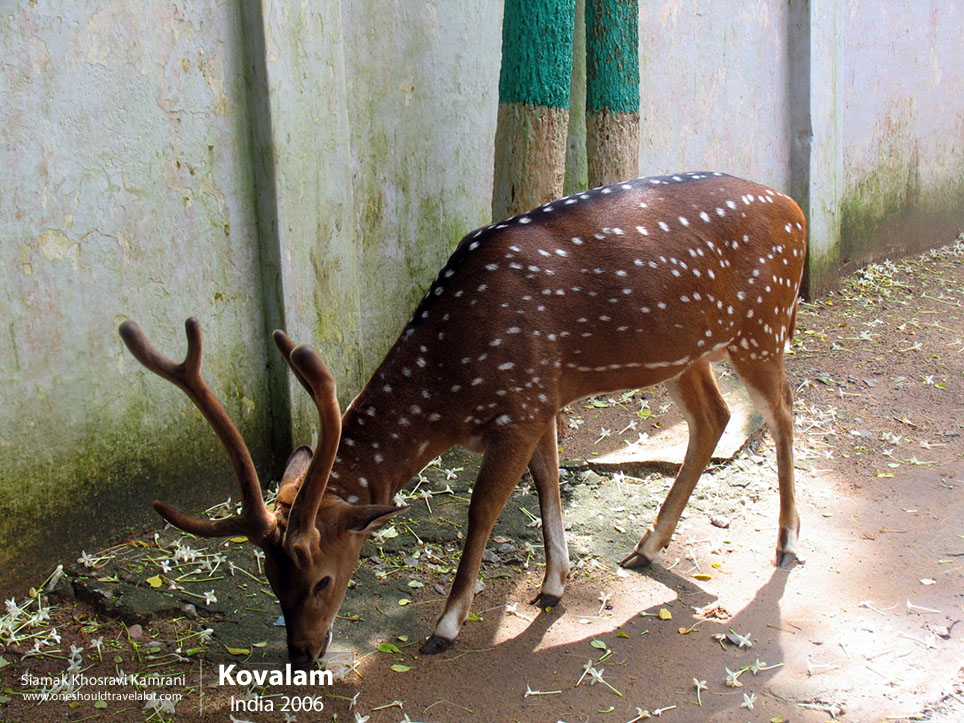Exploring Mulshi Dam: A Tranquil Retreat in the Heart of Maharashtra
Arrival and First Impressions
Nestled in the lap of the Sahyadri mountain range in Maharashtra, India, the serene locale of Mulshi Dam offers a picturesque retreat for any travel photographer. As I arrived in this tranquil haven, a sense of calm washed over me. The journey from Pune, which is about 35 kilometers away, was a scenic drive through lush greenery and winding roads. Mulshi Dam, built on the Mula River, serves as both a vital source of irrigation and a popular destination for nature lovers.
The initial impression of Mulshi Dam was that of a serene oasis, a stark contrast to the bustling urban life of Pune. The area around the dam is characterized by dense forests, verdant hills, and the shimmering waters of the reservoir. The air here is fresh, and the atmosphere exudes a sense of tranquility, making it a perfect spot for a photographer seeking to capture the beauty of nature.
The Scenic Beauty of Mulshi Dam
As I set out to explore, my camera in hand, the natural beauty of Mulshi Dam unfolded before my eyes. The dam itself is an impressive structure, with water cascading down its massive walls, creating a soothing symphony of sounds. The reservoir, with its vast expanse of clear blue water, reflects the surrounding greenery, creating a mesmerizing vista. I spent hours photographing the interplay of light and shadow on the water’s surface, the ripples creating an ever-changing canvas of reflections.
The landscape around Mulshi Dam is a photographer’s dream. The Sahyadri hills, covered in dense forests, provide a stunning backdrop to the serene waters of the reservoir. The hills are home to a variety of flora and fauna, and the chirping of birds and rustling of leaves add to the area’s enchanting ambiance. I ventured into the forest trails, capturing images of the lush vegetation, vibrant flowers, and the occasional glimpse of wildlife.
Immersing in Local Culture and Traditions
While Mulshi Dam is renowned for its natural beauty, the surrounding villages offer a glimpse into the rich culture and traditions of rural Maharashtra. I visited a nearby village, where the locals greeted me with warm smiles and open hearts. The villagers predominantly belong to the Maratha community, and Marathi is the primary language spoken here. As I wandered through the village, I observed the simplicity of their lifestyle, which revolves around farming and traditional crafts.
The women in the village were adorned in colorful sarees, their attire reflecting the vibrant culture of the region. I had the opportunity to witness a traditional dance performance, known as Lavani, which is characterized by its energetic moves and rhythmic beats. The dance, accompanied by folk songs, narrates stories of love, valor, and everyday life. Capturing the graceful movements and expressive faces of the dancers through my lens was a truly enriching experience.
The Culinary Delights of Mulshi
No visit to Mulshi Dam would be complete without indulging in the local cuisine. The food here is a delightful blend of flavors, with a focus on fresh, locally sourced ingredients. I savored a traditional Maharashtrian meal, which included dishes like Bhakri (a type of bread made from millet), Pithla (a gram flour-based curry), and Thecha (a spicy chutney made from green chilies). The simplicity of the ingredients, combined with the robust flavors, made for a memorable culinary experience.
One of the highlights of my culinary journey was tasting the local specialty, Vada Pav. Often referred to as the “Indian burger,” Vada Pav consists of a spicy potato fritter sandwiched between a bun, served with chutneys and fried green chilies. It is a popular street food in Maharashtra, and the version I had at Mulshi was nothing short of delectable. The spicy, tangy flavors were a perfect complement to the serene surroundings.
Capturing the Essence of Mulshi Dam
As a photographer, Mulshi Dam offered me countless opportunities to capture its essence. The play of light during different times of the day created a magical atmosphere. The early mornings were particularly enchanting, with the mist rising from the water and the first rays of the sun casting a golden glow over the landscape. The sunsets, too, were spectacular, with the sky painted in hues of orange, pink, and purple, reflected in the tranquil waters of the reservoir.
One of my favorite spots for photography was the viewpoint at Tamhini Ghat, located a short drive from Mulshi Dam. The panoramic view from the top is breathtaking, with the reservoir, hills, and dense forests creating a stunning panorama. I spent hours here, capturing the changing light and the expansive vistas. The monsoon season, in particular, transforms the landscape into a verdant paradise, with numerous waterfalls cascading down the hillsides.
Reflections on Societal Conditions and Atmosphere
Mulshi Dam is not just a place of natural beauty; it also reflects the socio-economic conditions of the region. The villages around the dam rely heavily on agriculture, and the reservoir plays a crucial role in irrigating their fields. However, the area also faces challenges such as limited access to modern amenities and infrastructure. Despite these challenges, the resilience and warmth of the local people are truly inspiring.
The standard of living in the villages around Mulshi Dam is modest, but the sense of community and connection to nature is strong. The villagers lead a sustainable lifestyle, drawing from the resources provided by the land and water. This connection to the environment is evident in their respect for nature and their efforts to preserve the local ecosystem. It was a humbling experience to witness their way of life and to understand the importance of sustainable living.



